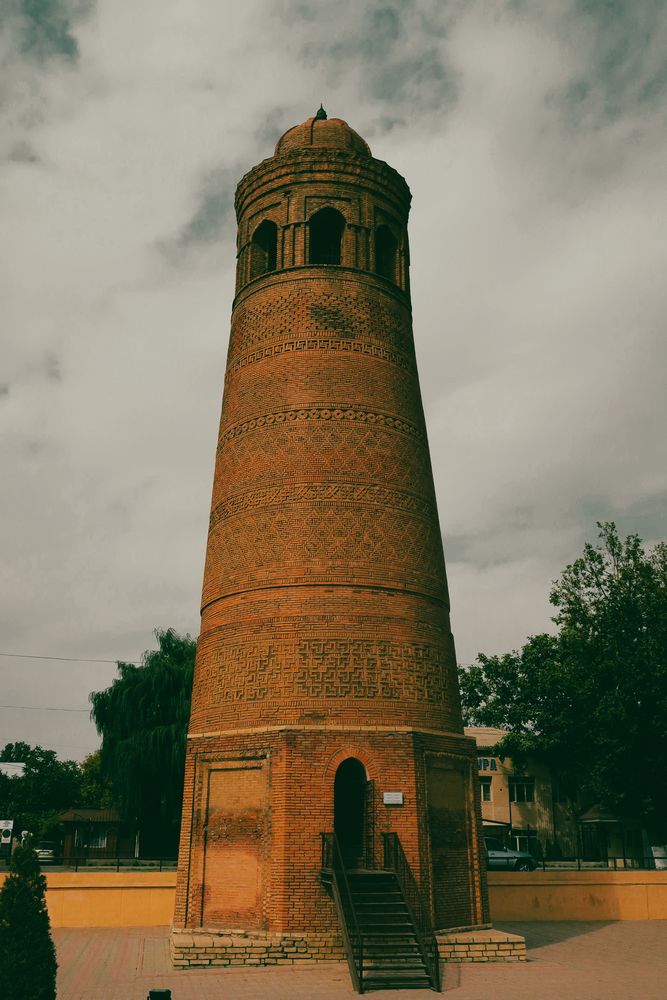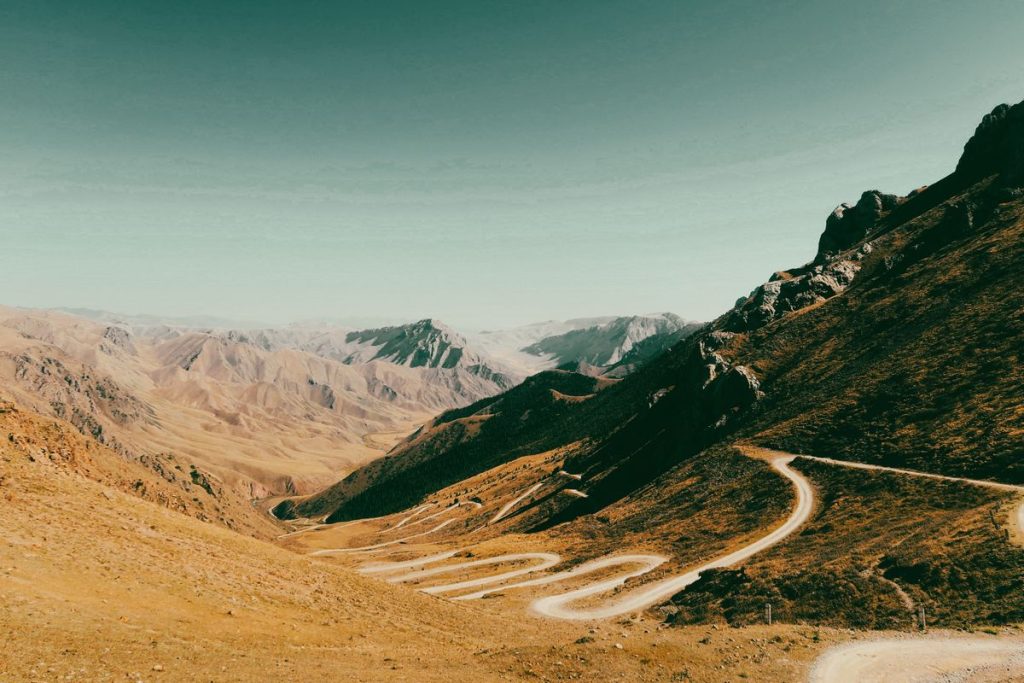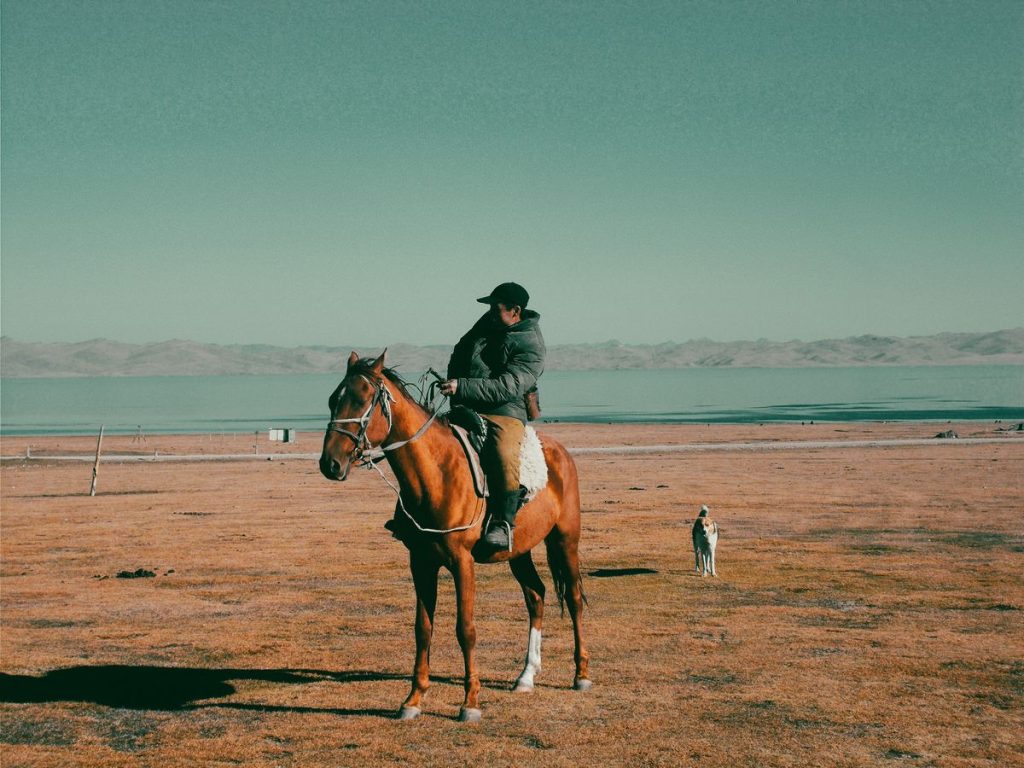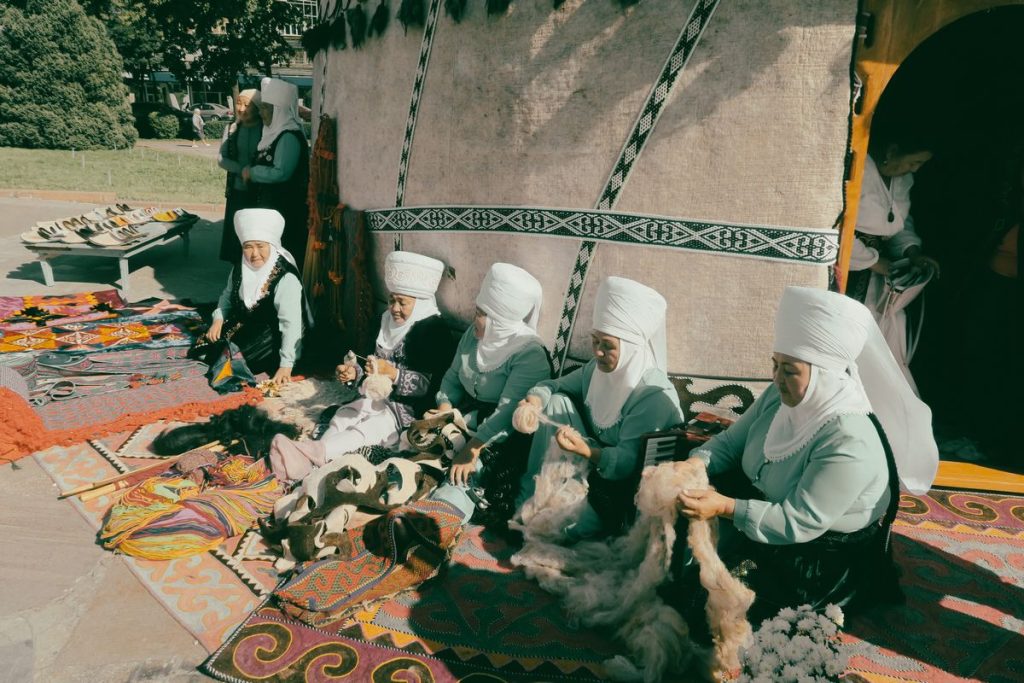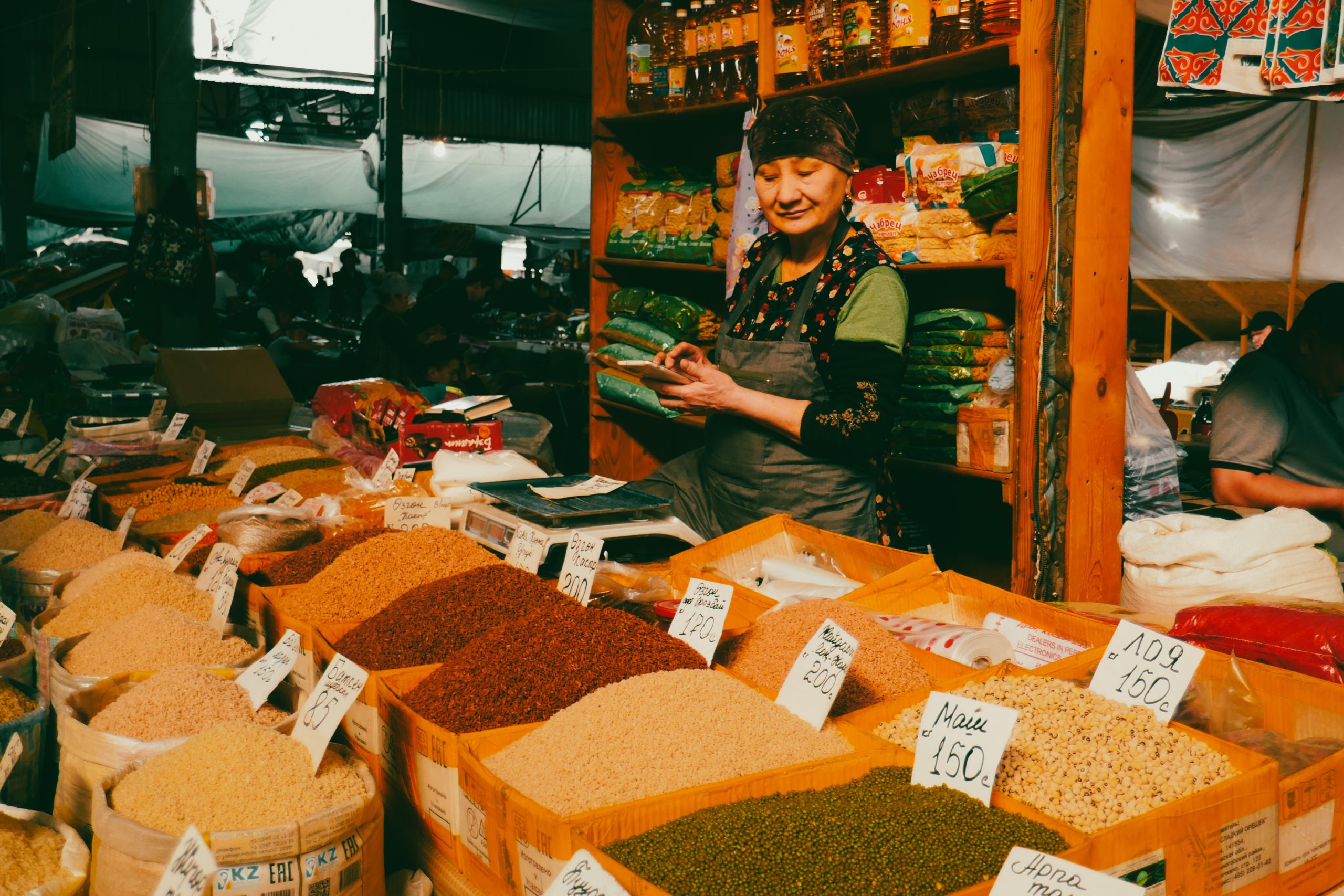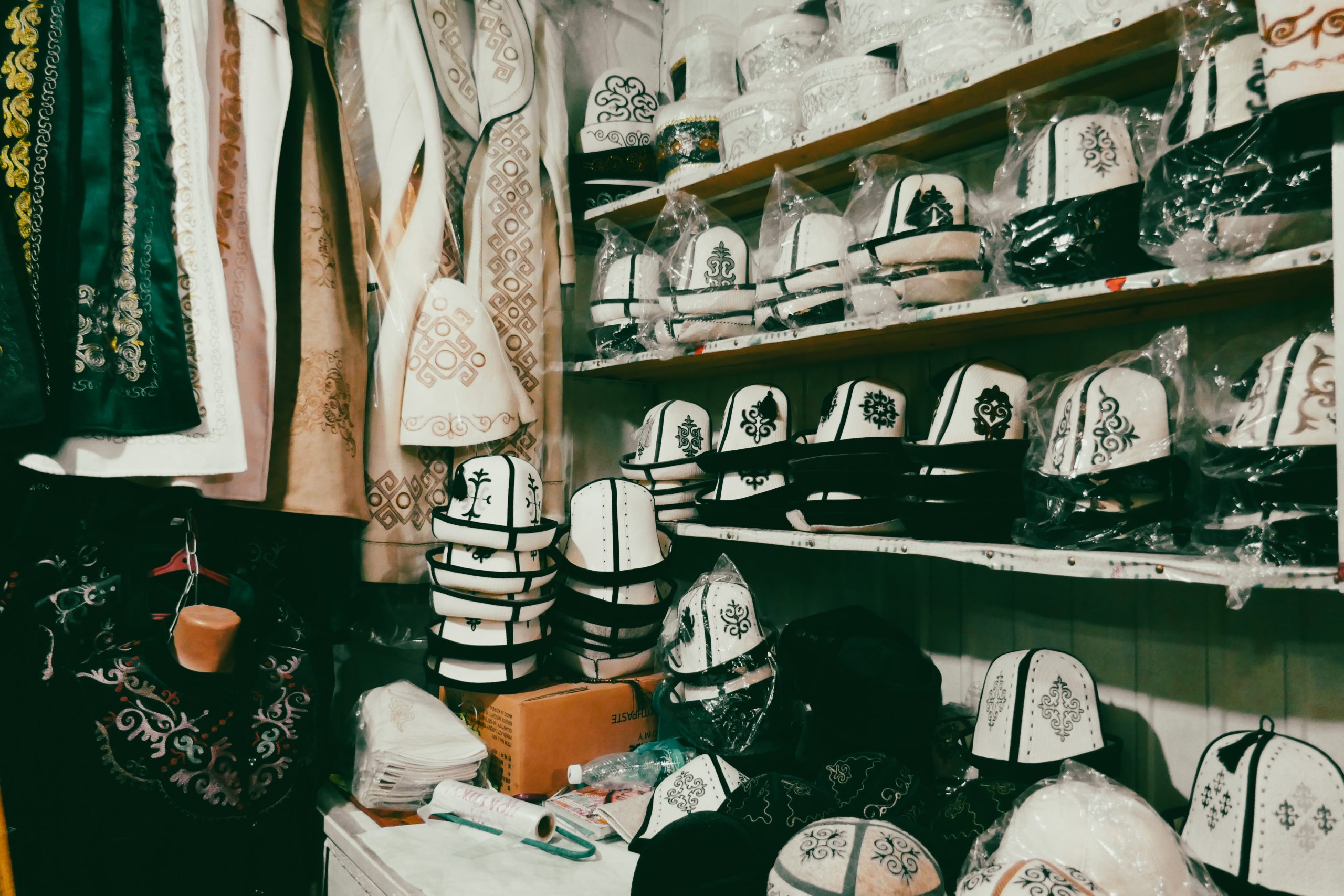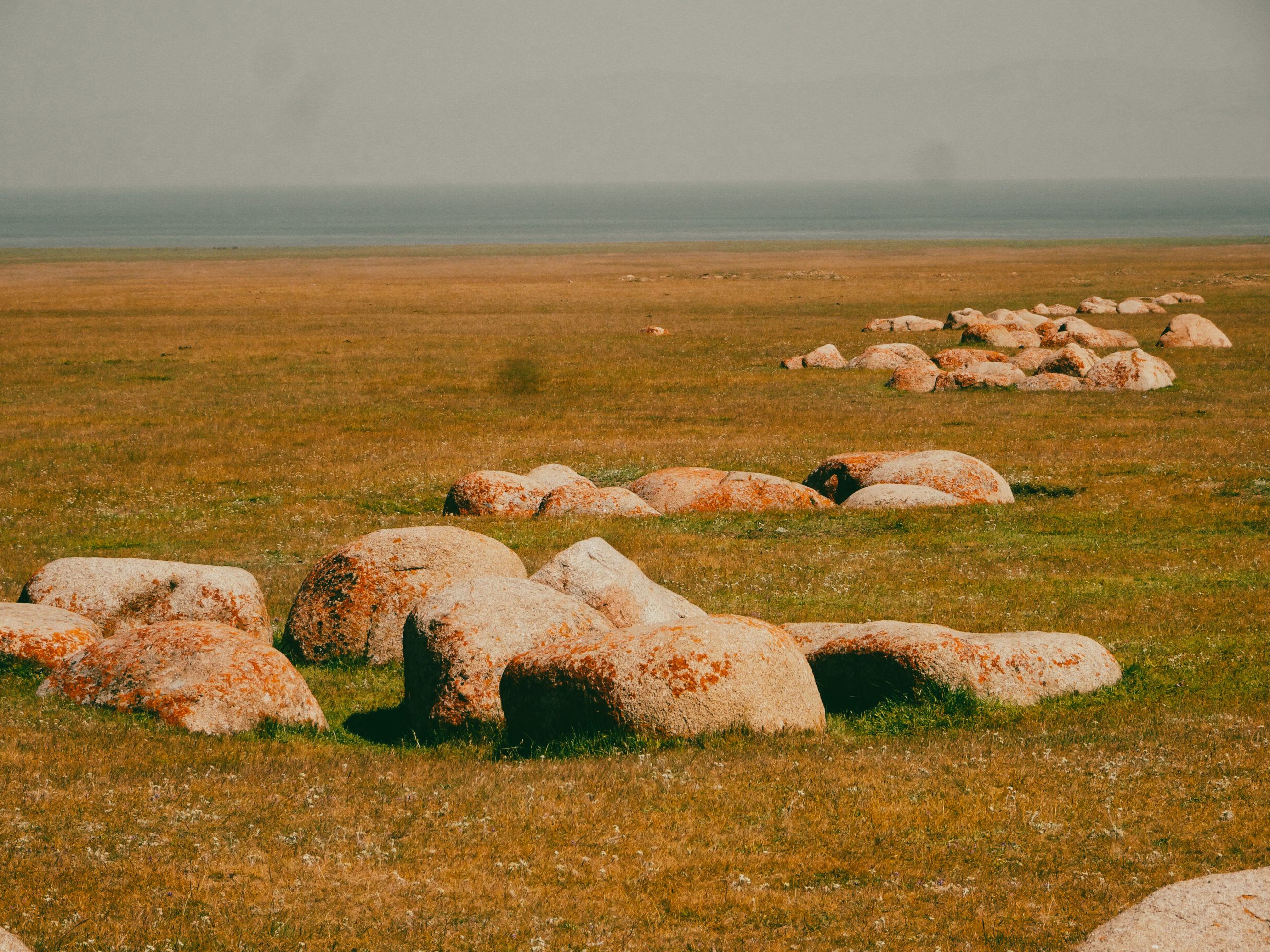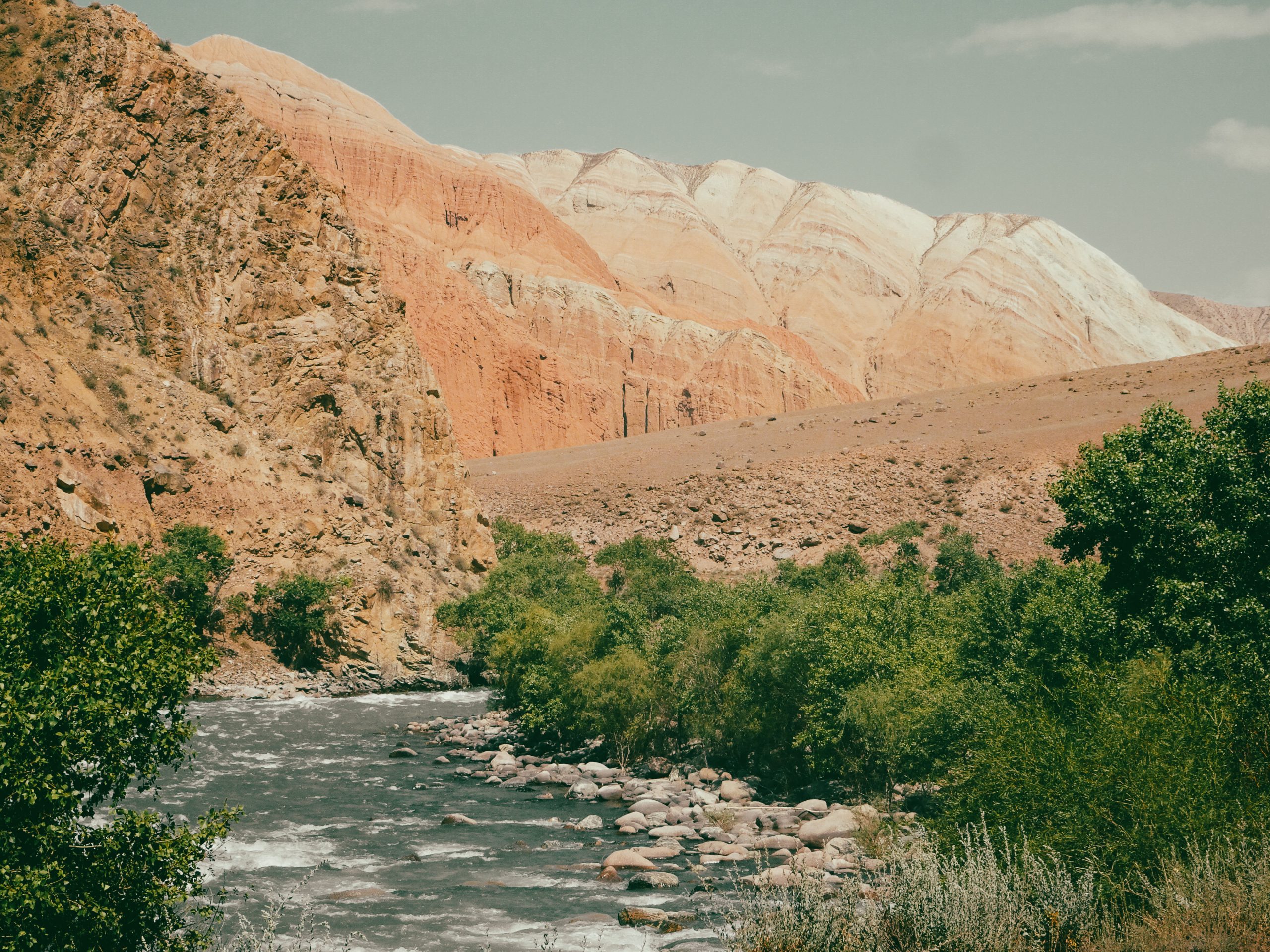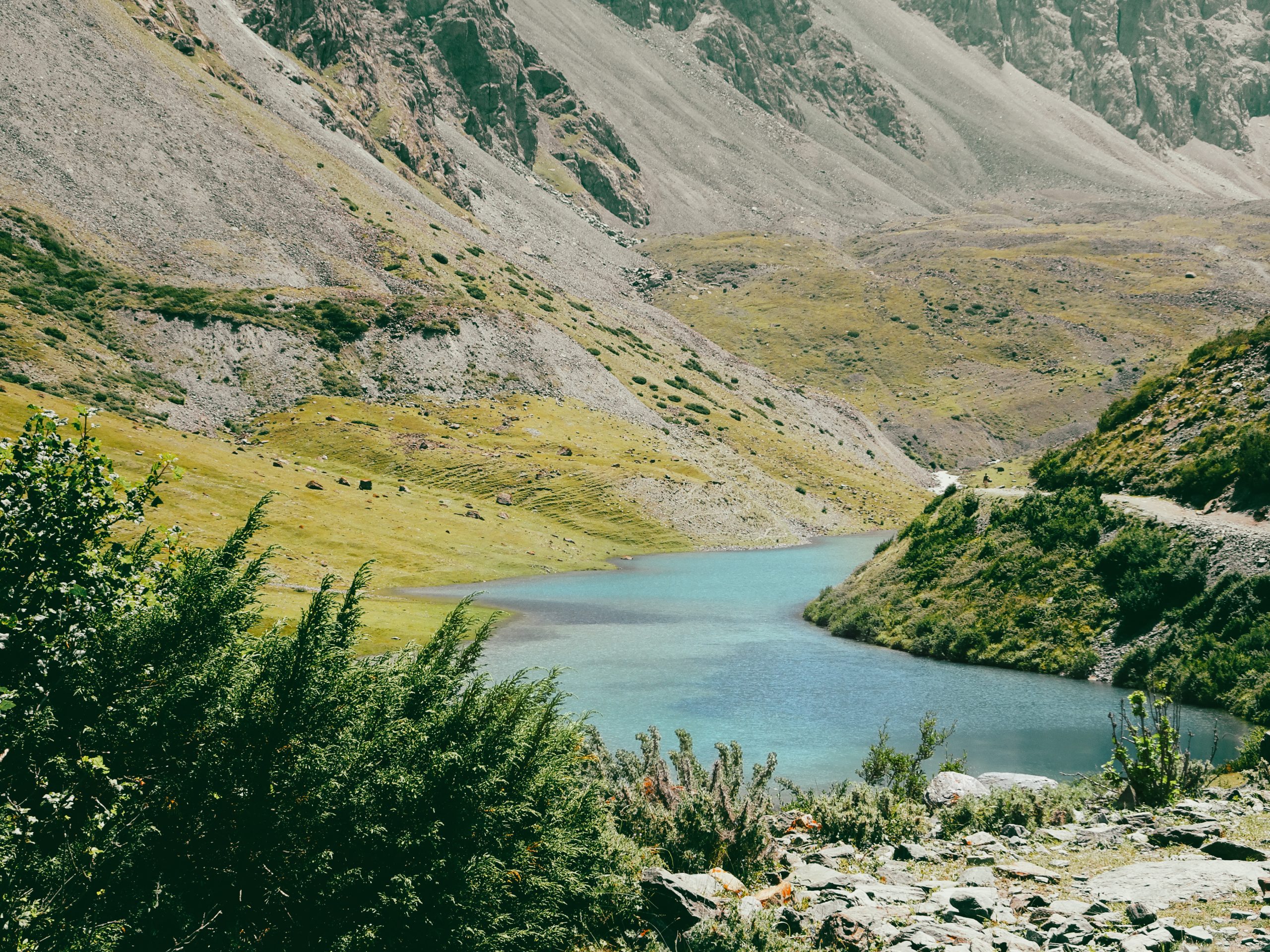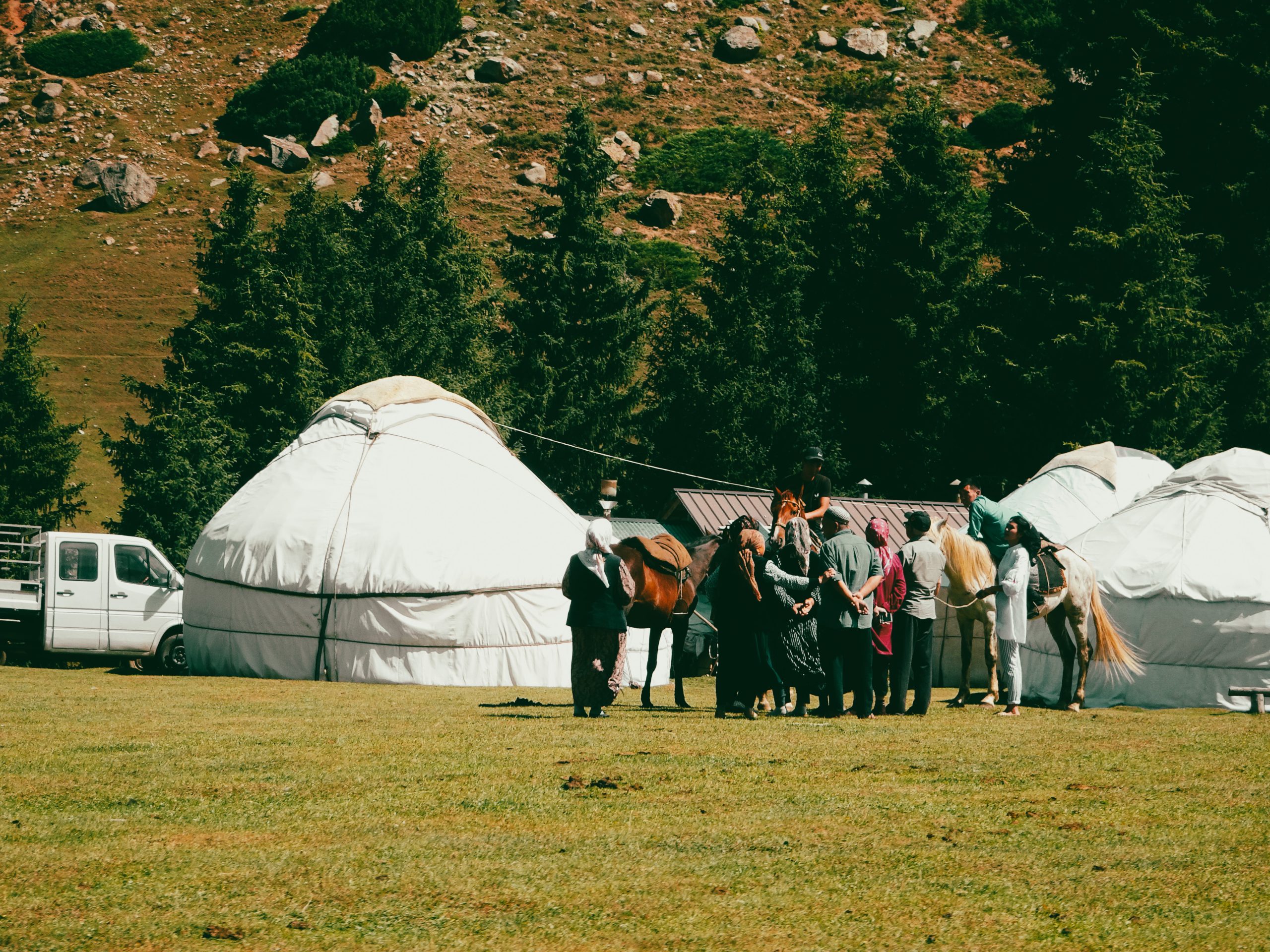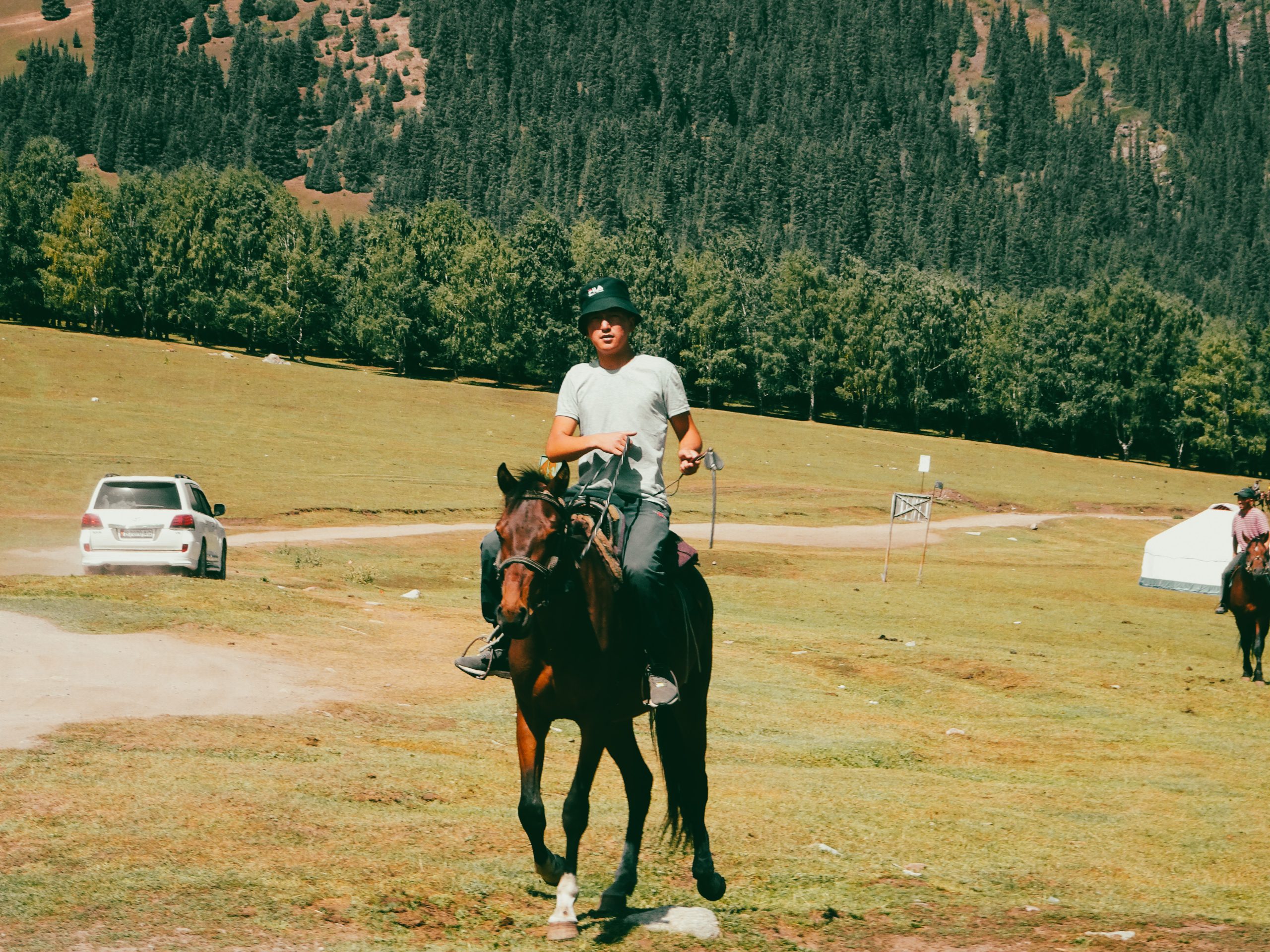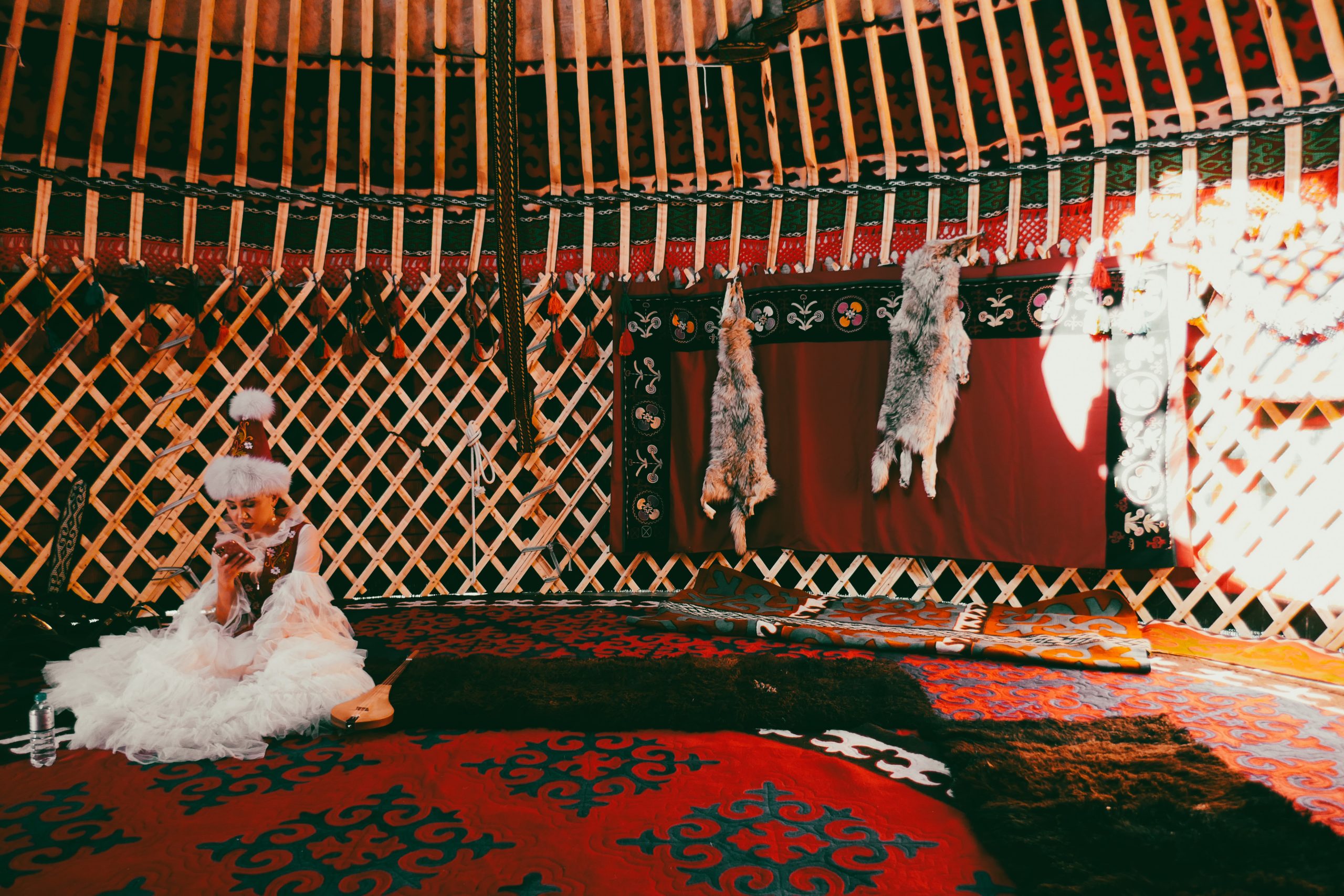Overview
FOR THE FIRST TIME IN KYRYZSTAN ?
The Kyrgyz Republic
The capital of the country is Bishkek.
The country’s land area is 198,500 km2 (76,641 sq mi) and has no direct sea access, unlike its neighboring country Kazakhstan. Kyrgyzstan is mainly mountainous with ranges dividing the country into two parts: northeast and southwest.
The neighboring countries of the Kyrgyz Republic are Uzbekistan, Kazakhstan, China and Tajikistan. The total length of the country’s borders is 3,878 km (12,723 mi).
Known as the Switzerland of Central Asia, the country is covered with different mountains ranges. The highest peak is Lenin Peak at 7,134 m (23,405 ft) above sea level and is located on the southern border with Tajikistan.
Kyrgyzstan is a very popular destination for adventure and nature travels. It’s the perfect country to go hiking, cycling, horseback riding or road tripping.




